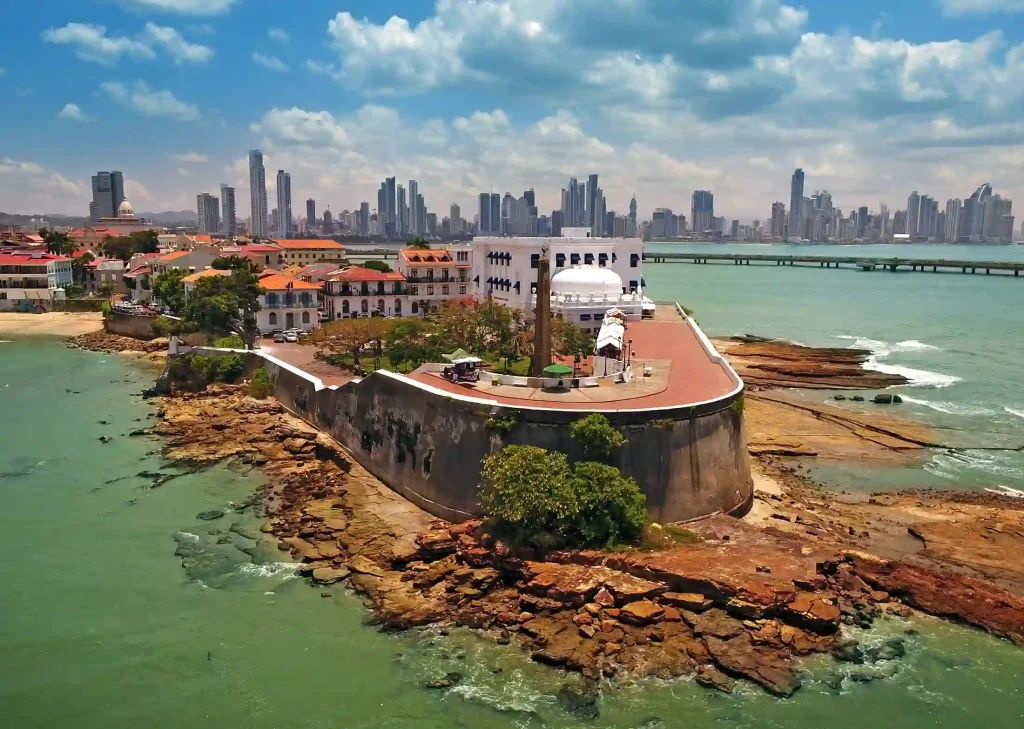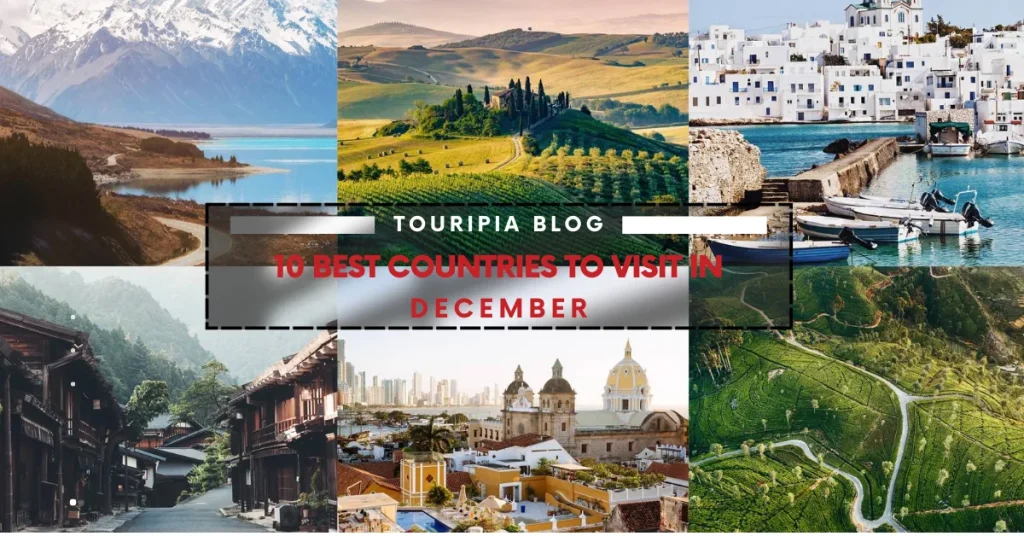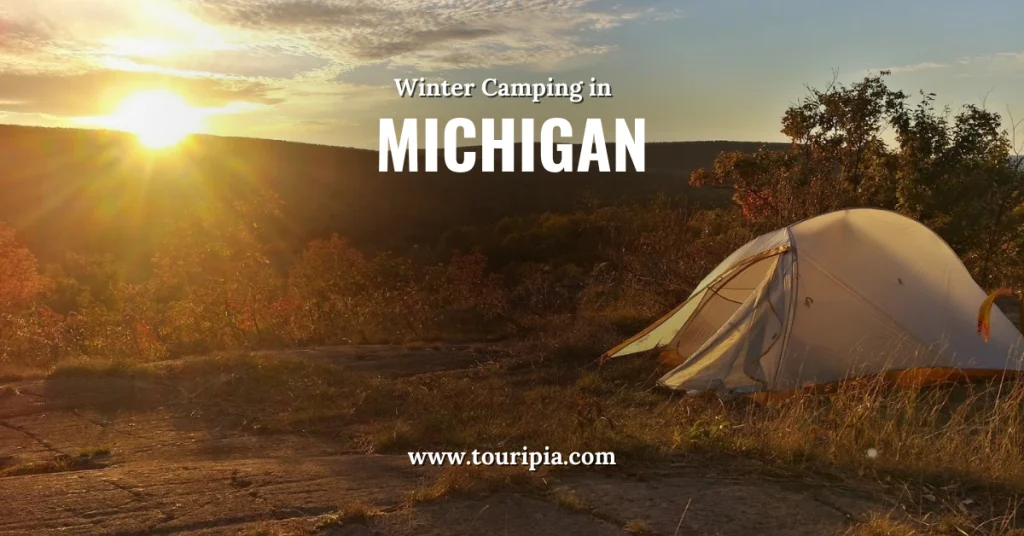Best Time to Visit Yellowstone National Park to See Wildlife

Exploring wildlife in Yellowstone National Park is one of the most amazing experiences that you try in your life. Now the question is what’s the best time to visit Yellowstone National Park to see wildlife?
In some months, this iconic travel destination is jam-packed with crowds. But during the off-season, there are more chances for you to enjoy a glimpse of local wildlife.
So, to guide you on which time is best to explore natural wildlife in Yellowstone National Park, we have compiled this informative guide. In this detailed guide, we are going to guide you on when you can go month by month along with safety tips. Keep reading!
Best Time to Visit Yellowstone National Park to See Wildlife-Month by Month

Yellowstone National Park is normally overcrowded during June, July, August & September. The reason is that it’s the warmest time of the year with the possibility of a surprising snowstorm.
Each month will provide you with a unique experience so read through the information of each month or season to plan your itinerary greatly.
1. January

Eagerly wait to enjoy the winter backdrop in Yellowstone? January is the best time to visit Yellowstone National Park to see wildlife Reddit.
The park’s snow-covered terrain is not only amazing to observe but also exploring wildlife. Before visiting in January, make sure that you prepare yourself earlier for a snowy & chilled winter in Yellowstone.
Secret Tip: Pack insulation boots, and waterproof & insulated jackets to enjoy winter with safety.
Event: Yellowstone Snowcoach Wildlife and Landscapes Regional Event.
2. February
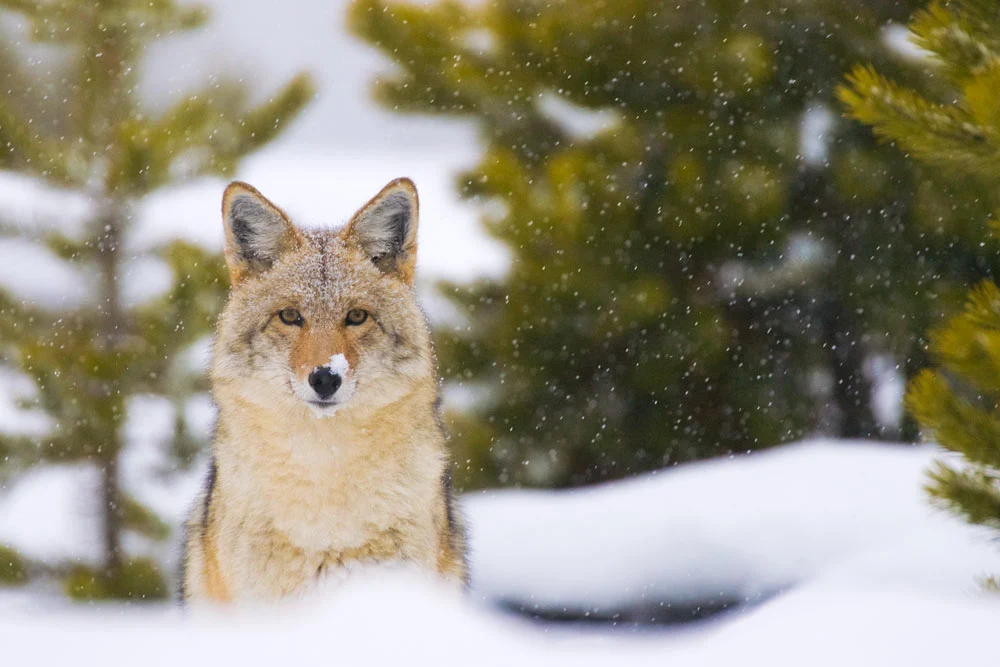
February month is the best time to see bison in Yellowstone. The breeding season of three native species i.e., red fox, coyote, and the gray wolf. Also, February month is the breeding session for bison.
Bison grow a thick winter coat and will transfer into lower elevation areas to save from extreme snowy weather conditions.
Secret Tip: Don’t forget to bring soft & waterproof layers for daily below-freezing temperatures.
Event: No event is conducted during February.
3. March
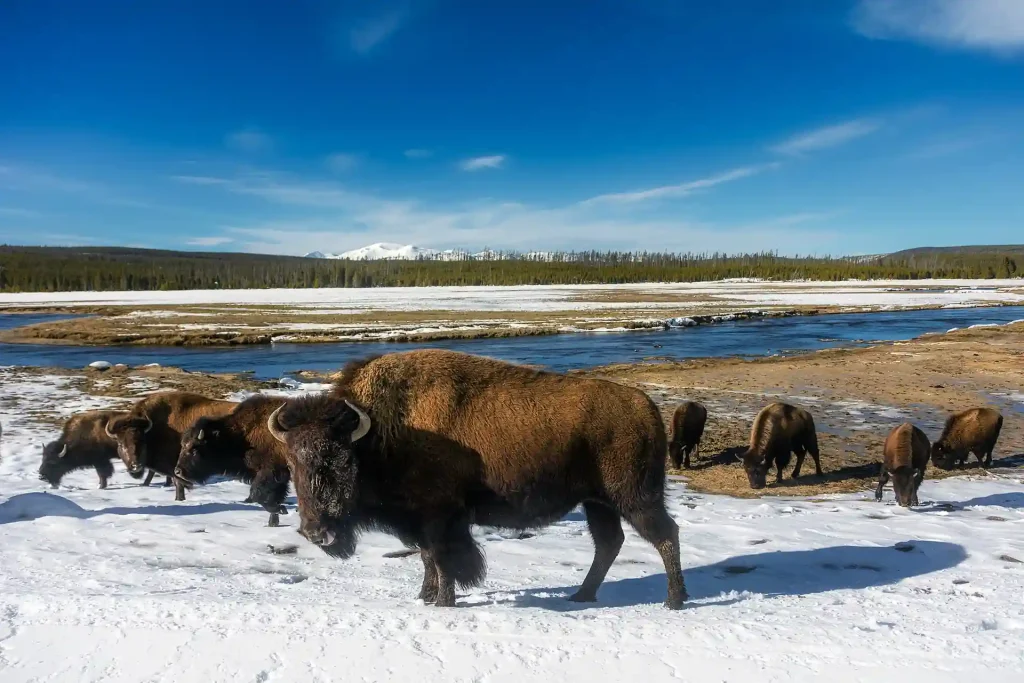
March is the time when the winter season starts to end & spring season begins. In March, the surface is covered with potential slush & mud as snow and ice begin to recede. This is also the time that elk start their seasonal antler shedding. Antlers are bony structures that usually grow from male elk heads and take 5 to 6 months to grow back again.
Secret Tip: Bring waterproof boots with you.
Event: Yellowstone’s birthday event.
4. April
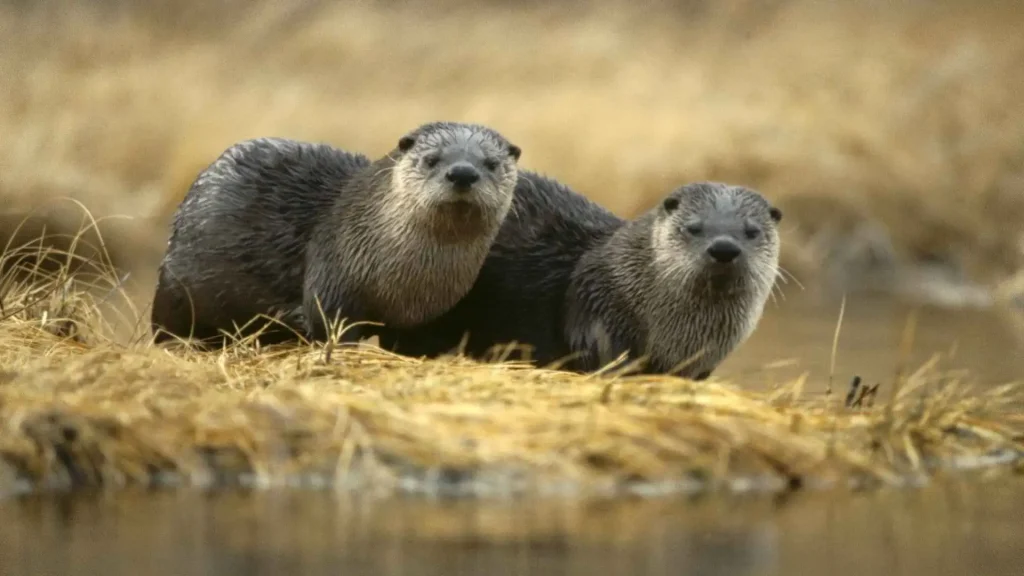
In April, winter tourism starts to decrease, and spring shoulder season starts with ultimate wildlife fun and adventures.
Elk and deer migrate from nearby national forests and private lands just because of challenging weather. From April 15, you can easily enter the park from the west side as roads are cleared from snowy conditions.
Secret Tip: Must have a 4WD vehicle if you want to ride yourself around the park. Or, hire a tourist guide who can assist you in a better way.
Event: National Park Week.
5. May
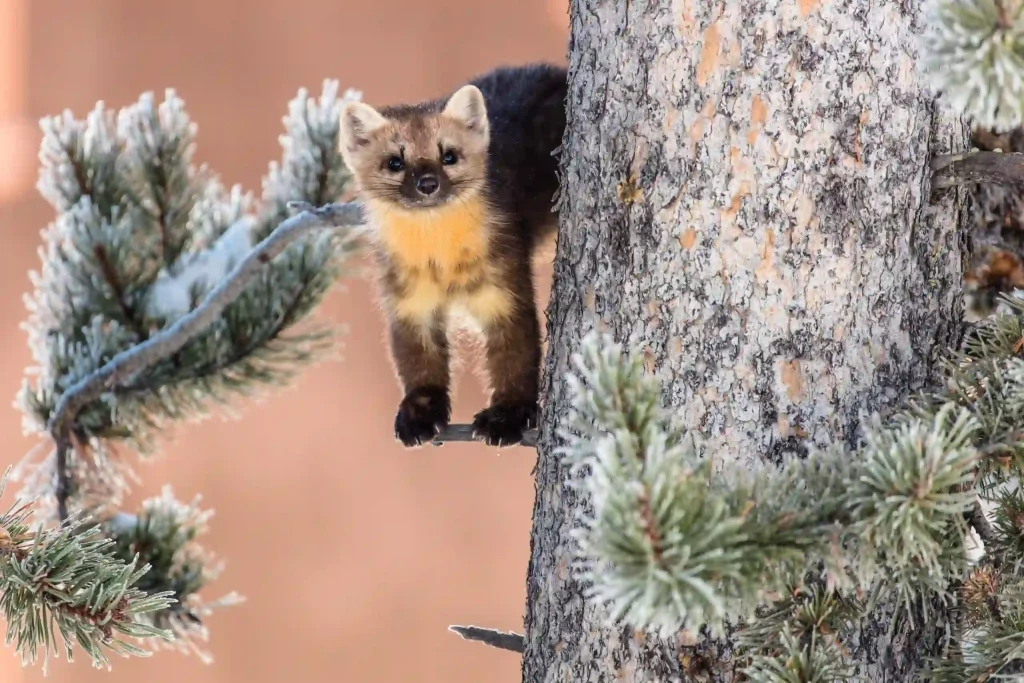
Northwest’s true spring season is when bears start migrating from their hibernation dens. That time view is difficult to find during any other month in the national park.
If you love to see wildflowers, May is the best time to visit Yellowstone and Grand Teton. From Arrowleaf Balsamroot to Biscuitroot and Spring Beauties, you could explore different flowers.
Secret Tip: Do not forget to watch baby animals too during May.
Event: No special event.
6. June
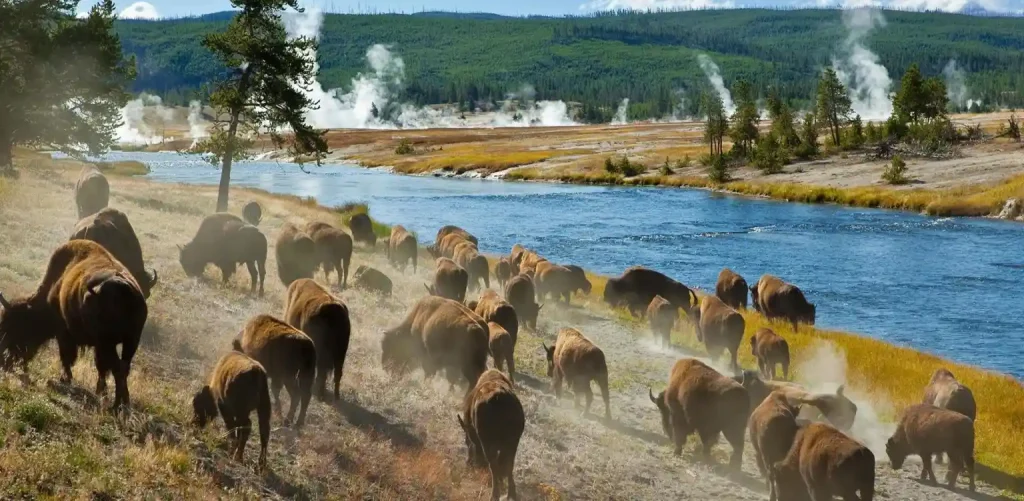
June is the best time to visit Yellowstone in summer if you don’t want to face messy crowds. Also, it’s the best time to visit Yellowstone for photography. The weather is pleasing and you could experience the sunnier days that will help melt the snow on the mountains. Elk, deer, and moose babies are born in June.
Secret Tip: Get hydrated yourself to face sunny days.
Event: Cody Stampede PCRA Rodeo.
7. July

July is the ideal time when all the park’s facilities remains open and best for hikes and adventures. During July and other summer months, the park normally welcomes nearly 2 million visitors around the globe. If you want to enjoy festival flair, look no further than July. There are various events to be hosted in this summer month.
Secret Tip: July is normally overcrowded so book your reservations earlier.
Events: Targhee Fest, Yellowstone Beer Fest & Last Chance Stampede and Fair.
8. August
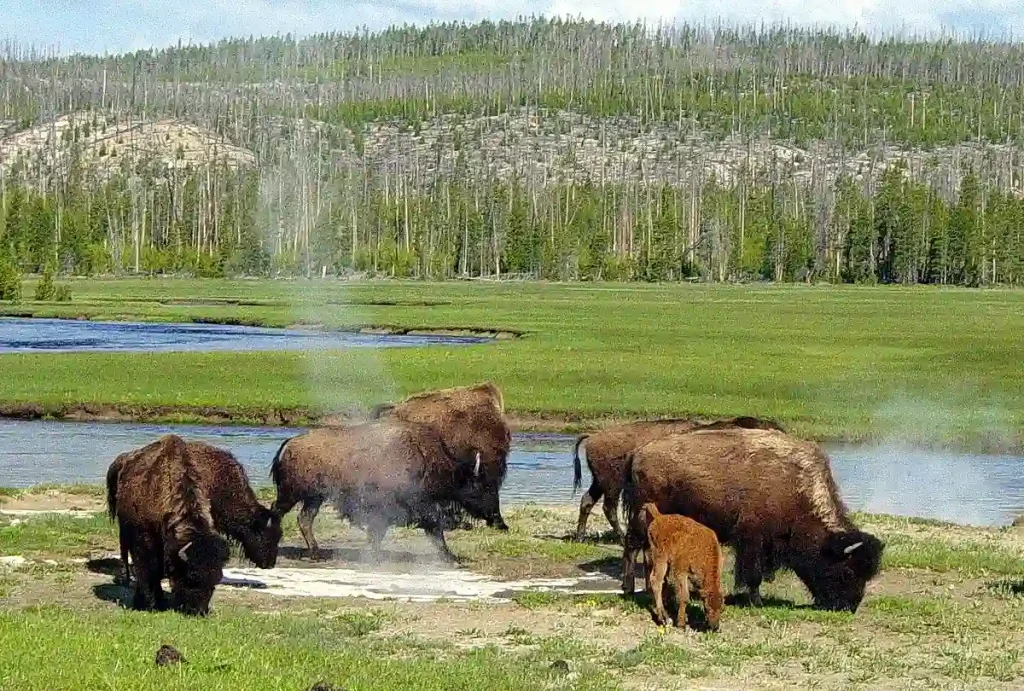
Annual drought begins in August which ultimately affects the National Park. August is just like same as July in terms of weather and other outdoor activities.
A wonderful time to experience geothermal features and the best time to see bison in Yellowstone. Also, it’s the month of their rut and breeding season so shouldn’t be missed.
Secret Tip: To mitigate wildlife risk because of Annual drought, strictly follow all mentioned fire restrictions during camping.
Event: Shoshone-Bannock Indian Festival.
9. September

September is the best time to visit Yellowstone in the fall. At the start of September, we are gradually welcomed to cozy winter as fall starts. There are countless wildlife opportunities to explore and also the summer crowds are returned. Daily temperatures can vary from 70F (21C) to 40F (4C), and weather can be unpredictable.
Secret Tip: Weather is unpredictable so plan your tour accordingly.
Event: Montana State University Billings Foundation’s Wine & Food Festival.
10. October

Enjoy stunning scenery, cozy atmosphere, and peaceful wildlife watching in Yellowstone during October. From the amazing movement of trees losing their leaves to mounting winds, October is really a valuable time. Nothing better than enjoying the autumn colors of Yellowstone while exploring scenic wildlife views.
Secret Tip: The early winter season results in road closures surrounding the national park so pay close attention earlier.
Event: No event.
11. November

Access to Yellowstone National Park is limited during November. So, that doesn’t mean exploring wildlife or viewing clear geothermal features will be difficult.
You could easily find different animals in Lamar Valley. November is also considered the beginning breeding season of bighorn sheep so it would be a great adventure.
Secret Tip: After November 7, plan your tour after considering the road’s accessibility based on weather.
Event: Yellowstone Ski Festival.
12. December
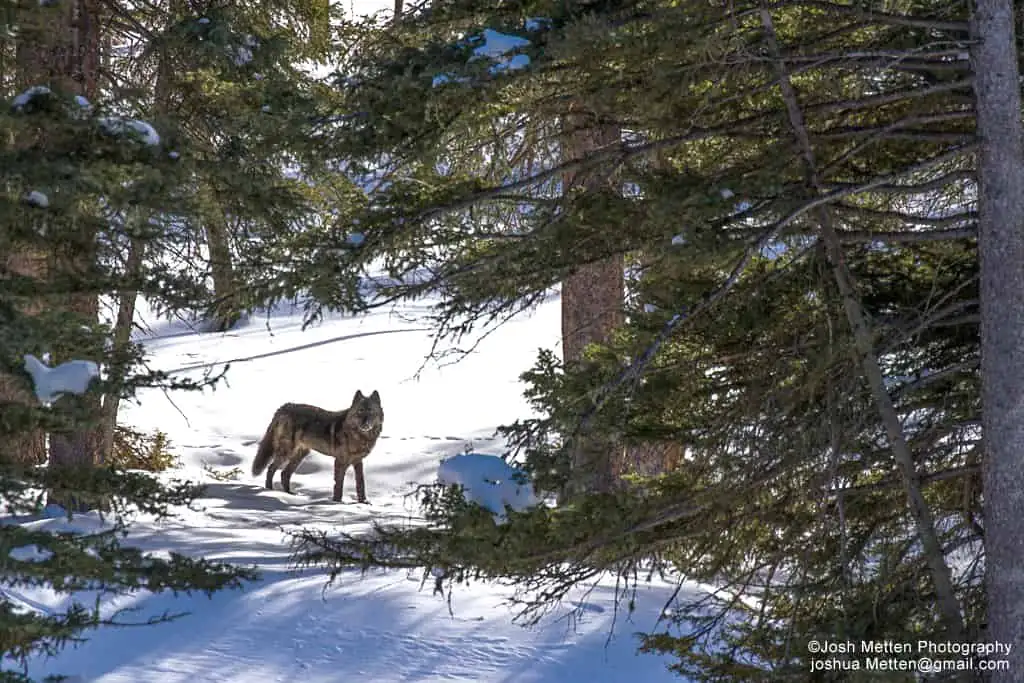
One of the best time to visit Yellowstone geysers. After December 15, snowmobile and snowcoach tours start in the park. These tours will truly give you a unique experience that can be operated from different entrances.
Due to increasing snow depths and extreme winter temperatures, elk will migrate into lower valleys. Some wildlife enthusiasts claim that December is worst time to visit Yellowstone just because of extreme coldness.
Secret Tip: Don’t forget to bring snow tires, booster cables, flashlights, and first-aid kids. Also, be ready your mind to deal with closed roads.
Event: Bozeman Ice Festival (December)
Final Thoughts!
The best time to visit Yellowstone National Park to see wildlife depends on your priorities. Winter offers intimate experiences with wolves, while spring showcases adorable baby animals. Summer boasts diverse wildlife and long days, while autumn lets you enjoy blossom colors.
Regardless of the season, Yellowstone never fails to deliver unforgettable wildlife experiences. Plan your trip wisely, pack accordingly, and prepare for an adventure.
One thing to remember here is wildlife sightings are never guaranteed. Explore wildlife from a safe distance, follow park regulations, and use binoculars or spotting scopes for optimal viewing.
Frequently Asked Questions
1. What time of year do you see the most animals in Yellowstone?
Fall time is the best time to see the animals in Yellowstone like during October & September months. During fall, you could explore and photograph various animals like elk, moose, bighorn, grizzly, and others.
2. What are the best months to see bears in Yellowstone?
If you want to see bears in Yellowstone, try to visit from 15th April to the first week of June. Also, you could see them in springtime too. But again if the weather is unfavorable, it might be difficult to see.
3. What time do the animals come out in Yellowstone?
Yellowstone offers stunning wildlife opportunities during any time of the day. Early morning or early evening is the best times to see animals from close because they are moving around that time.
4. Where can I see most wildlife in Yellowstone?
Lamar Valley is the place where you can see most wildlife in Yellowstone. It’s located in the Yellowstone National Park northeast. This valley is also considered as best valley to capture photographs of different animals.
Recent Posts
 How Much Should I Sell Travel Pictures for? Complete Pricing Guide
How Much Should I Sell Travel Pictures for? Complete Pricing Guide Does Wrightsville Beach Crackerbarrel Allow RV Parking? Answered
Does Wrightsville Beach Crackerbarrel Allow RV Parking? Answered Why do Small Rural Towns Become Tourist Traps? Latest Guide
Why do Small Rural Towns Become Tourist Traps? Latest Guide Portugal or Barcelona for Travel as a Black Girl: What to Know?
Portugal or Barcelona for Travel as a Black Girl: What to Know? Tuy Hoa Vietnam Is It Safe for Tourists: What you Need to Know?
Tuy Hoa Vietnam Is It Safe for Tourists: What you Need to Know?





